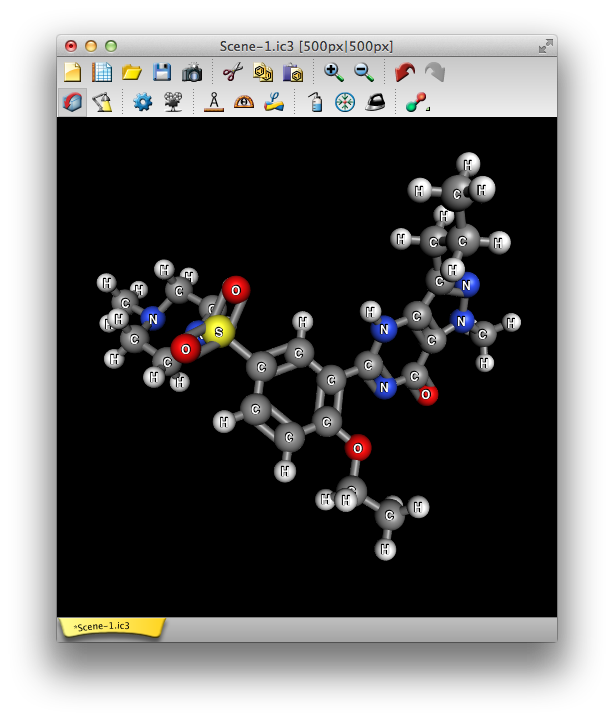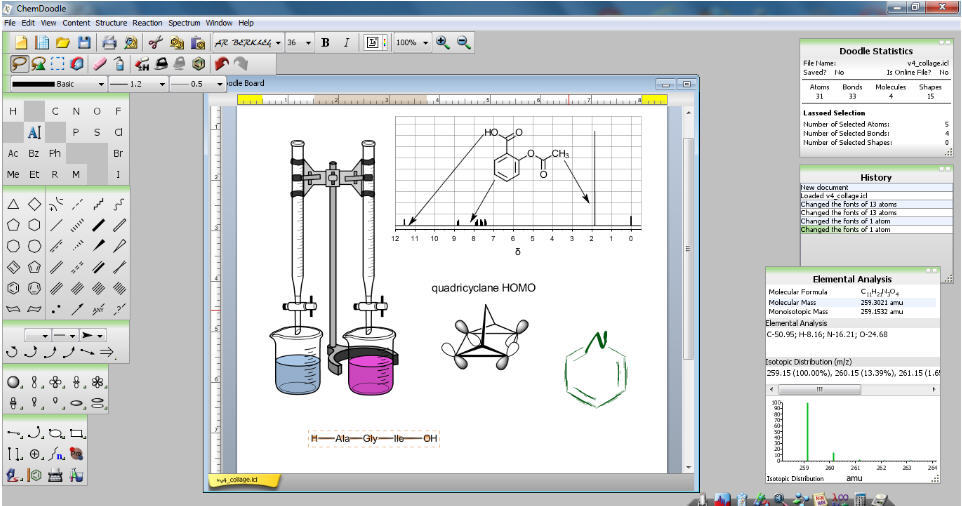

In 2007 however, the hardware landscape changed dramatically with the introduction of mobile devices that did not support third party plugins such as Flash or Java applets. Mobile browsers did support HTML5, which opened the door to web applications built with only HTML, CSS and JavaScript (JS), such as the ChemDoodle Web Components. The ChemDoodle Web Components library can be loaded and displayed wherever a HTML5 engine is available, including WYSIWIG text editors, Apple’s Cocoa development kit, and mobile app webviews.īeyond rendering 2D and 3D chemical graphics, the library also provides access to cheminformatics algorithms, chemical file input/output and manipulation, and a toolset for chemistry web application development through a component system that gives the library its name. The components of the CWC library are specialized HTML5 classes that expose a high-level API for quick loading and viewing of chemical data, as well as providing utility functions and multi-device event handling. When first released, CWC comprised of 6 components: the Viewer, Rotator, Transformer, MolGrabber, File Loader, and Doodler (pre-cursor to Sketcher) components. Averaging a yearly version release cycle, CWC has now grown to 20 components including ones for displaying chemical spectra, 3D WebGL graphics, and animations. The latest update, version 7, introduces new 3D features including Pipe and Plank protein models, full support for high DPI and retina display devices, query interface tools for advanced chemical searches, and structure spectrum correlation utilities.Ī ChemDoodle Web Component is implemented in four basic steps (Figure 1). First, the ChemDoodle Web Components library is referenced within the HTML document.

Second, the component is instantiated on the page within a JavaScript code block.


 0 kommentar(er)
0 kommentar(er)
